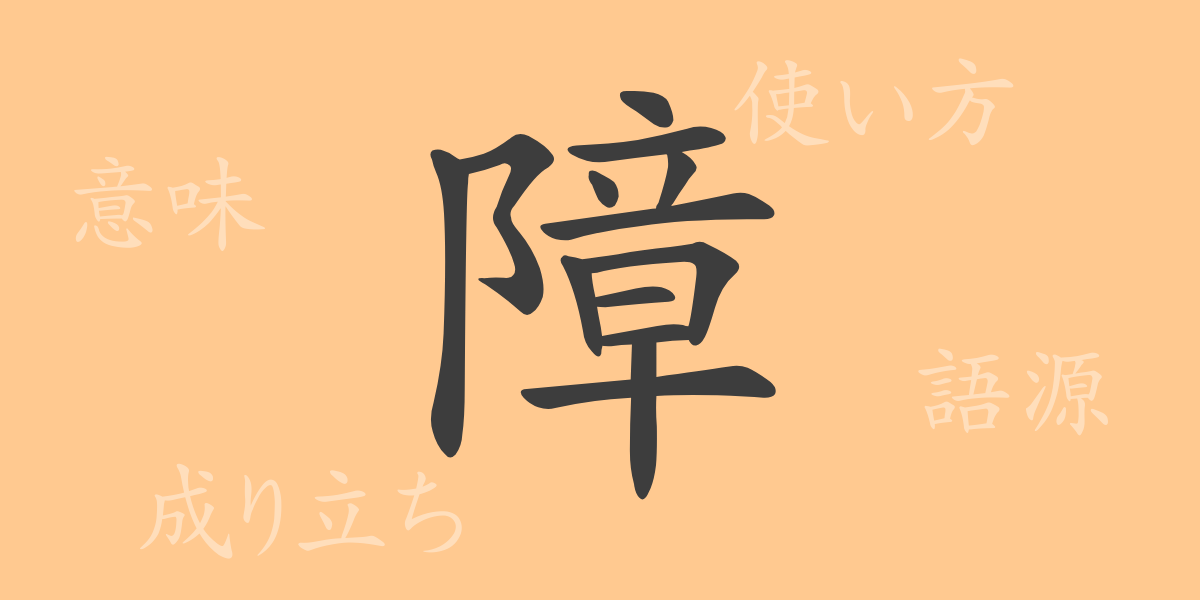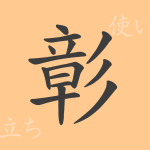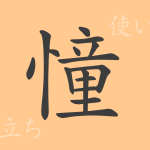Each Kanji in the Japanese script is deeply rooted in unique history and meaning. “障(ショウ)” is a commonly used Kanji that is seen in various contexts throughout daily life. This article delves deep into the origins, meanings, and contemporary uses of “障,” exploring the hidden history behind the word and enhancing our understanding of Japanese language and culture.
Origins of 障(ショウ)
The Kanji “障” originated from ancient China and symbolizes something that separates, namely a “barrier.” It is composed of the radical for bamboo, “⺮(たけかんむり),” and the phonetic “章,” illustrating a bamboo fence acting as a barrier. Over time, it came to denote obstructions or impediments in a broader sense.
Meaning and Usage of 障(ショウ)
In modern Japanese, “障” is used extensively not only to denote physical barriers but also abstract hindrances. For example, “障害” refers to both physical and psychological impediments, and the term “障がい者” denotes individuals with disabilities. The verb form “障る(さわる)” is used to mean something that obstructs or hinders.
Readings, Stroke Count, and Radical of 障(ショウ)
Understanding the readings, stroke count, and radical of “障” can deepen our comprehension of this Kanji:
- Readings: On’yomi (音読み) is “ショウ,” and Kun’yomi (訓読み) is “さわる.”
- Stroke Count: “障” consists of 14 strokes.
- Radical: The radical is “⻖(こざとへん).”
Idioms, Phrases, and Proverbs Using 障(ショウ) and Their Meanings
The use of “障” in idioms and phrases reflects the richness of Japanese expression. Some examples include:
- 障害物競走(しょうがいぶつきょうそう): An obstacle race where participants overcome physical barriers.
- 心に障る(こころにさわる): To disturb or discomfort the heart, implying causing emotional distress.
- 障子の張り替え: A metaphor for making a fresh start, literally referring to replacing the paper on sliding doors.
Conclusion on 障(ショウ)
The Kanji “障” aptly expresses concepts of barriers and impediments, as indicated by its form and meanings. Its application in Japanese spans a wide array, being utilized in various idioms and expressions. A deeper understanding of “障” allows us to appreciate the culture and history underlying everyday language, revealing the profound cultural context embedded within a single character.

























